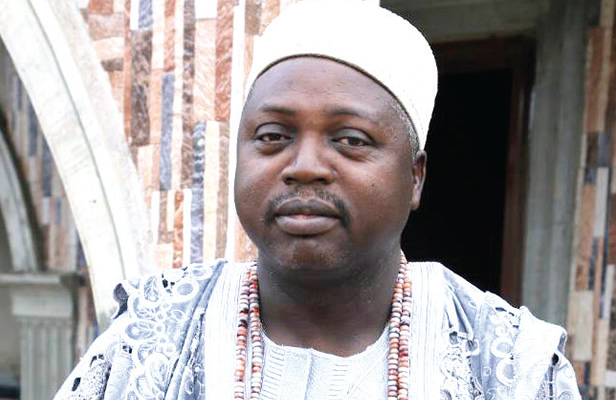Ido Ayegunle, a region comprised of 13 settlements, has always stood apart from Esa -oke, both in tradition and culture. The two areas, historically and geographically, had distant boundaries, with little connection between them. However, over time, Esaoke has expanded, encroaching on the land of Ido Ayegunle, although the original boundaries, as set by the government, remain intact and legally recognized, with clear landmarks to define them.
Esaoke was settled much later than Ido Ayegunle and became home to immigrants from Efo Aren Alaaye in Ekiti State. These Ekiti immigrants, known as the “asalus,” became part of the Esaoke community.
Oba Samuel Adekanmi, the 16th ruler of Ido Ayegunle, was born in this land, alongside his siblings. His father was a priest, and Samuel attended St. Matthew Primary School, a Catholic institution established in the early 20th century. After completing his primary education, he moved on to secondary school in Ilesa, eventually graduating from Obafemi Awolowo University (OAU) in Ife.
Upon graduation, Oba Samuel returned to his town, specifically to Oropa, while his uncle resided in Temidire Arefa, both locations in Ido Ayegunle. During this period, he realized that his home, once the most developed area, was under attack by the Asalus, the Efon immigrants from Esaoke. These attacks threatened the very existence of Ido Ayegunle.
In 1995, the people of Ido Ayegunle, without any contest, requested Oba Samuel Adekanmi to become their ruler. The late Owaobokun of Ijesa recommended him for the position, and the ruling government at the time approved his appointment.
Oba Samuel’s leadership marked a turning point for Ido Ayegunle. In 1996, he worked tirelessly to resettle the people who had been forced out of their ancestral lands by the attacks from the Asalus. It was during this time that the true motive behind the siege on Ido Ayegunle became clear: a concerted effort to erase the town’s existence.
Among those behind the attacks was the Owamiran, a key figure from Esaoke, who joined forces with the Asalus in their campaign against Ido Ayegunle. The assault was particularly brutal, and in 1996, the people of Ido Ayegunle suffered greatly, with their ruler being severely mistreated during this dark period.
Despite the challenges, the resilience of Ido Ayegunle and its people remained unwavering.
Such contradictions weaken their credibility and expose the possible manipulation of facts to serve an agenda. The people of Ido Ayegunle, as well as neutral observers, must take note of this inconsistency and question the motives behind these conflicting claims.
It is crucial that historical truths and rightful ownership be upheld without distortion. We call on all stakeholders to remain vigilant and challenge any attempt to rewrite history for selfish gains.

Finally, the truth is coming out! Owa Miran is a very bad and greedy king. How can he claim Ido Ayegunle is under Esa Oke? A whole Ido Ayegunle with 16 kings – the real origins of all Ido’s! Anyone can think of
Na why people no dey help be this
If my late forefathers hadn’t kindheartedly given out land to the Esa Oke people, all this nonsense wouldn’t have happened. I’m happy this truth is finally coming out.